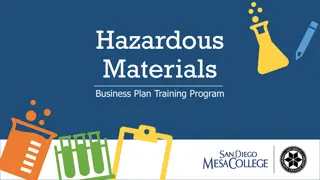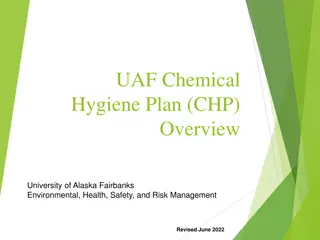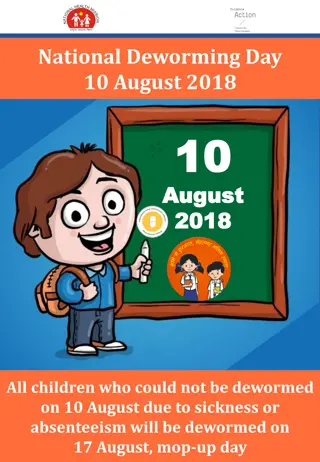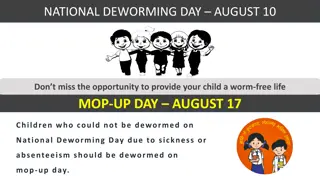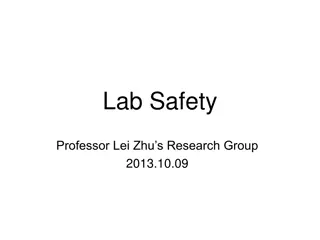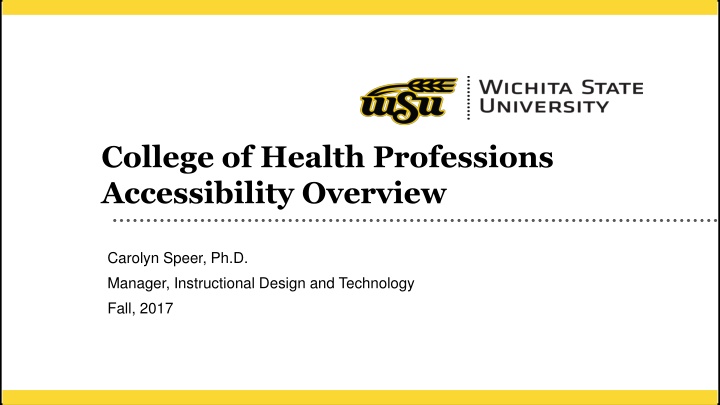
Accessibility Requirements in Health Professions Education
Explore the legal landscape surrounding accessibility in education, the role of the Office of Civil Rights, technology complaints, recurring themes in digital accessibility, and key laws like Section 504 and Title II of the ADA.
Download Presentation

Please find below an Image/Link to download the presentation.
The content on the website is provided AS IS for your information and personal use only. It may not be sold, licensed, or shared on other websites without obtaining consent from the author. If you encounter any issues during the download, it is possible that the publisher has removed the file from their server.
You are allowed to download the files provided on this website for personal or commercial use, subject to the condition that they are used lawfully. All files are the property of their respective owners.
The content on the website is provided AS IS for your information and personal use only. It may not be sold, licensed, or shared on other websites without obtaining consent from the author.
E N D
Presentation Transcript
College of Health Professions Accessibility Overview Carolyn Speer, Ph.D. Manager, Instructional Design and Technology Fall, 2017 1
Agenda Legal Overview Face-to-Face Content Digital Accessibility WSU s Agreement 2 2
Who is the Office of Civil Rights? Housed within the Department of Education Enforces federal civil rights laws Has some ADA Title II responsibilities 4
The OCR and Technology Has a particular concern about technology used in the educational setting: It is unacceptable for universities to use emerging technology without insisting that this technology be accessible to all students. Technology is the hallmark of the future, and technological competency is essential to preparing all students for future success. Emerging technologies are an educational resource that enhances learning for everyone, and perhaps especially for students with disabilities. 5
Examples of Technology Complaints SC State Technical College System (2013) Website Louisiana Technical University (2013) MyOMLab University of Montana, Missoula (2014) LMS and course materials Youngstown State University (2014) Website University of Cincinnati (2014) Website, online classes, videos, video player Marcie Lipsitt, 500 complaints and counting (ongoing) 6
Recurring themes Websites must be accessible Online content must be accessible Online documents must be accessible Online videos must be captioned Assistive technology must be widely available This is everyone s responsibility, not for a select few There must be some kind of campus coordinator 7 www.htctu.net 7
What are Section 504 and Title II of the ADA? Section 504 is federal law that applies to receivers of federal assistance Title II of the ADA is federal law that is broadly applied Generally the same Section 508 is federal law that applies to the federal government 8
Accessibility versus Accommodations Accessibility: proactive for populations. Accommodations: reactive for individuals Accessibility Create accessible content Build accessible websites Purchase accessible technology Accommodations Adjust for individual needs 9
Withering Away of Accommodation? Access Accommodation 10 3/19/2025 10
Back to the Law The legal cases have been expanding since 2014 Atlantic Cape Community College (2015) OCR Consent Decree College did not choose to have representation Jumped forward in obligations 11
ACCCs Consent Decree Required to hire a third-party consultant Required to adopt accessibility policies Provide ADA training to all staff and students Undergo a full technology audit Remediate the website to full accessibility All course content, including face-to-face content must be accessible. Make regular reports $128,620 award for attorneys fees to the student 12
Wichita States NFB Agreement Hire an Accessibility Coordinator Adopt and disseminate policies and procedures Provide ADA training and consider other training for staff, faculty, and students Undergo a full technology audit Remediate the website to full accessibility All course content, including face-to-face content must be accessible. 13
Questions? 14
Face-to-Face Content 15 15
Face-to-Face Class Impact Our Agreement impacts face-to-face instruction WSU s face-to-face standards are in flux As of now, they are divided into recommendations and expectations WSU must meet accessibility standards by July 29, 2020 16
Lecture Recommendations Provide outlines of course lectures in advance of class Cover all testable material Follow-up with unexpected information in an email/announcement Consider using Blackboard for posting notes Present new or technical vocabulary in a handout (digital preferred), or write words on the board 17
Lecture Expectations Visual material meets minimum standards High contrast markers or chalk 2 minimum letter size plus 1 per 10 beyond 20 Minimum 18 point font in PowerPoint measure letter size! Narrate/describe as you lecture Use the microphone if one is provided 18
Discussions Recommendations Rephrase and repeat student questions/comments Follow up with a summary of important class discussion points 19
Discussion Expectation Rephrase and repeat in microphone rooms 20
In-class Media Recommendations Provide transcripts of videos in advance Only show videos with captions 21
In-class Media Expectations Preview video captions Alert class in advance about small captions 22
Assessments and Exams Recommendations Create/provide digital versions of assessments Supply study questions with content and test format Consider allowing basic tools such as a calculator 23
Course Communication Recommendations Maintain digital copies of all content Communicate with students through digital way (Blackboard preferred) Provide course syllabus two weeks in advance 24
Course Communication Expectation Provide an accessible course syllabus online 25
Guest Speaker Expectation Provide most recent face-to-face accessibility guidelines 26
Questions? 27
Digital Accessibility 28 28
Digital Rules of Thumb Avoid handwritten documents Find digital versions of photocopied documents, or recreate them Use Microsoft products to produce new content for your class when possible Use your Microsoft accessibility tools when creating content (styles sheets, bullet/numbers, checker) 29
More Digital Rules of Thumb Use Arial (just kidding but sans serif is best) Remember: PDF and .HTM files are easier for your students to open online 33
Even More Digital Rules of Thumb Avoid unnecessary bells and whistles (and color) Avoid unnecessary tables Avoid unnecessary visual and organizational complexity Remember: a picture really is worth 1,000 words Name your hyperlinks Caption video, or find video that is captioned 34
Textbook & Publisher Content Rules of Thumb Ask what is not accessible? Avoid Flash-based content Check for captions Remember: not all digital content is accessible content Remember: equally effective is a high standard Remember: high cost is low access Remember: publishers aren t liable, we are Remember: you are not alone. Get help 35
Implications We must be prepared to work together Success is moving forward Document our process Help disseminate knowledge and training 36
Questions? 37
Thank you 38 38






